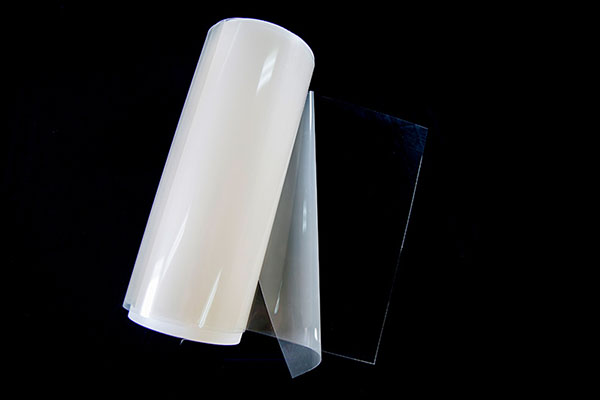Product Introduction Of Diy Proton Exchange Membrane:
The Proton membrane we produce is a high-performance product designed specifically for all-vanadium redox flow batteries. We also produce Proton membrane by adding special materials during the casting production process to enhance the strength, moisture retention and vanadium resistance of the proton exchange membrane (ion exchange membrane). The Proton membrane we produce also has high mechanical strength, tensile strength and puncture resistance, which helps protect the battery structure and avoid physical damage during operation.
Product Advantages Of Diy proton exchange membrane:
The Proton exchange membrane material we produce uses the "supramolecular patch" strategy to significantly reduce the permeability of vanadium ions. Compared with traditional Nafion membranes, the vanadium ion permeability of our Proton exchange membrane material is reduced to 43%, effectively reducing the cross-contamination of vanadium ions, thereby improving the energy efficiency and service life of the Proton exchange membrane material.
Thickness And Basis Weight Properties:
| Membrane Type | Thickness(microns)(um) | Weight(g/m²) |
| PXVA-75-T01 | 75 | 148 |
Physical And Other Properties:
| Physicaland Other Properties | Typical Value | Test Method |
| Tensile Test (23℃,50%RH) | ||
| Tensile Strength(MPa) | ≥30 | GB/T 20042.3-2022 |
| Tensile Modulus(MPa) | ≥400 | GB/T 20042.3-2022 |
| Elongation at break(%) | ≥120 | GB/T 20042.3-2022 |
| Specific Gravity | 1.97 | |
| Other Properties | Index Parameters | Test Method |
| Conductivity(S/cm) | ≥0.100 | GB/T 20042.3-2022 |
| Acid Capacity(meq/g) | 1.00±0.05 | GB/T 20042.3-2022 |
Hydrolytic Propertie:
| Hydrolytic Properties | Index Parameters | Test Method |
| Water Content(%) | 5.0±3.0 | GB/T 20042.3-2022 |
| Water Uptake(%) | 50.0±5.0 | GB/T 20042.3-2022 |
| Thickness Swelling Rate at 23℃,50% RH (% increase) | ||
| water soaked at 23℃ 50% RH | ≤5 | GB/T 20042.3-2022 |
| water soaked at 100℃ 50% RH | ≤15 | GB/T 20042.3-2022 |
| Linear Expansion at 23℃,50% RH (% increase) | ||
| water soaked at 23℃ 50% RH | ≤5 | GB/T 20042.3-2022 |
| water soaked at 100℃ 50% RH | ≤18 | GB/T 20042.3-2022 |

Precautions For Using Proton Exchange Membrane Material:
When using Proton membrane, avoid contamination or impurities on the membrane surface, which may affect the performance of Proton membrane.
When installing and replacing the Proton membrane, clean soft paper or film should be placed on both sides to avoid direct contact with sharp objects and particles.
Ensure smooth flow of fluid inside the Diy proton exchange membrane and reduce mechanical impact on the Diy proton exchange membrane.
Notes Of Proton Exchange Membrane Material:
Proton membrane measurements were performed at 23°C, 50% RH for 24 hours.
Proton membrane conductivity was measured at 23°C, 100% RH.
Alkaline titration measures the equivalent weight of sulfonic acid groups in the resin and uses the results to calculate the acid capacity or equivalent weight of the membrane.
Water content (on a dry weight basis) after the membrane has been exposed to 23°C and 50% RH for 1 hour.
Water uptake (on a dry weight basis) of a dry membrane exposed to water at 100°C for 1 hour.